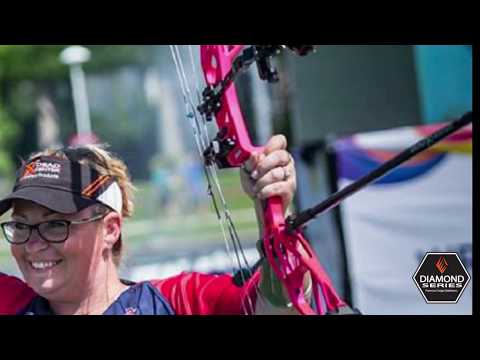Just how to Pick the Right Bow Stabilizer: Expert Tips and Advice
Just how to Pick the Right Bow Stabilizer: Expert Tips and Advice
Blog Article
Maximize Your Archery Accuracy With These Bow Stabilizer Strategies
One vital aspect that can significantly impact your performance is the proper utilization of bow stabilizers. Whether you are a seasoned archer looking to improve your abilities or a newbie excited to boost your precision, grasping these bow stabilizer strategies can be the secret to striking your mark with unmatched consistency.
Advantages of Making Use Of Bow Stabilizers
Using bow stabilizers can significantly improve an archer's precision and general efficiency by lessening bow torque and vibration. In addition, bow stabilizers wet vibration, which not just boosts the convenience of capturing but additionally prevents the bow from leaping upon release, thus aiding in keeping proper objective.
Furthermore, bow stabilizers can aid in holding the bow consistent, specifically during windy problems or when firing from longer ranges. The added weight at the front of the bow provides security and equilibrium, allowing the archer to concentrate on aiming without the diversion of bow movement. In general, the benefits of using bow stabilizers expand beyond just precision, improving the archer's experience and performance in various shooting circumstances.
Picking the Right Bow Stabilizer
Choosing the suitable bow stabilizer is important for maximizing your archery devices and enhancing shooting performance. When choosing a bow stabilizer, there are several elements to think about to guarantee you discover the appropriate suitable for your demands. First of all, think about the weight of the stabilizer. Much heavier stabilizers can help in reducing bow torque and absorb even more vibration, bring about a steadier aim. However, lighter stabilizers use more ability to move, which can be beneficial in specific shooting scenarios.

Lastly, think about the design of the stabilizer. Some stabilizers include flexible weights or dampeners that allow you to personalize the equilibrium and feel of your bow. Eventually, picking the best bow stabilizer entails finding a balance in between weight, product, size, and design to improve your capturing precision and overall performance.
Appropriate Installment Techniques
To ensure optimal performance and safety in archery, mastering proper installation techniques for your bow stabilizer is important. The first step in installing a bow stabilizer is to identify the correct positioning on your bow.
Following, firmly connect the stabilizer to the bow utilizing the proper installing hardware. It is essential to tighten the stabilizer snugly to stop any kind of tottering throughout shots. Some stabilizers include adjustable weights that can be included or gotten rid of to adjust the balance of your bow. Try out different weight arrangements to locate the ideal balance that matches your capturing style.

Readjusting Stabilizer Weight and Length
After making certain the proper installation of your bow stabilizer, the following action entails readjusting the weight and size to maximize its efficiency in improving archery accuracy. The weight of the stabilizer plays a vital function in lessening bow motion during the shot cycle.
When it concerns stabilizer length, finding the right equilibrium is vital. A longer stabilizer can supply higher stability by enhancing the distance in between the bow and the weight at the end of the stabilizer. This included distance enhances the stabilizing result, specifically in windy conditions or when contending longer ranges. On the other hand, a shorter stabilizer offers extra ability to move and may be preferred by archers that value dexterity Check Out Your URL and quick activities throughout shooting.
Advanced Stabilizer Tuning Tips
Accomplishing optimum bow stability and precision in archery requires a nuanced approach to sophisticated stabilizer adjusting. Advanced stabilizer adjusting involves fine-tuning different parts to enhance the bow's balance, lower vibration, and improve general precision.
An additional critical facet of innovative stabilizer adjusting is maximizing the damping buildings of the stabilizer system. Discovering various products for the stabilizer building, such as carbon fiber or aluminum, can also affect the bow's efficiency by modifying its weight distribution and rigidity.
Verdict
In verdict, taking full advantage of archery accuracy can be attained through the correct click here for more info selection, installment, and adjustment of bow stabilizers. On the whole, integrating bow stabilizers right into archery practice can lead to better performance and boosted accuracy.
Utilizing bow stabilizers can significantly improve an archer's precision and general efficiency by minimizing bow torque and resonance. Longer stabilizers provide Discover More higher security and balance, particularly for long-distance capturing, while shorter stabilizers provide even more flexibility and are much easier to steer in tight areas (bow stabilizer). Carbon fiber stabilizers are lightweight and resilient, while aluminum stabilizers are durable and give excellent vibration moistening
A longer stabilizer can give greater stability by boosting the range between the bow and the weight at the end of the stabilizer.Another vital facet of advanced stabilizer tuning is enhancing the damping buildings of the stabilizer system.
Report this page